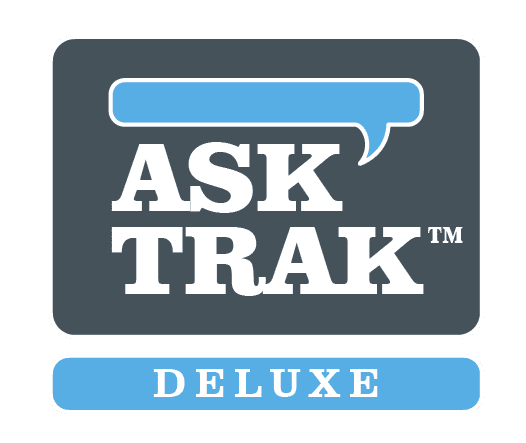To the plethora of polarizing issues coming out of Washington, why not add federal employee retirement benefits to the mix! It is no secret that federal employees enjoy a job security and retirement package that is unrivaled in the private sector. Some see these benefits as a just reward for those serving the American public. Others see them as profligate use of taxpayer money and unfair compared to workers in the private sector who are forced to fend for themselves in retirement savings. Depending on your background and your client base, there are probably those reading this on both sides of the argument!
Last week President Trump released his budget proposal which included changes to the federal retirement plans aimed at cutting government expenses and bringing federal retirement plans more into line with those offered in the private sector. Rather than get into the politics of the issue, let’s just stick to the facts: what does the budget actually propose?
Background to the Federal Retirement Systems
Before we get to the proposed changes, I want to give a little background for those unfamiliar with federal benefits. There are basically two main retirement systems that are a little different: the Civil Service Retirement System (CSRS) and the Federal Employees Retirement System (FERS). Prior to 1987, all federal employees were part of CSRS. When FERS was created, current CSRS employees could choose to transfer to the FERS and all new hires were enrolled in FERS.
In general, CSRS retirement pensions are larger because they do not participate in Social Security so the CSRS annuity is meant to be their primary source of retirement income. FERS employees get their pension as well as Social Security. Both CSRS and FERS employees can participate in the Thrift Savings Plan (TSP), the government-run Defined Contribution plan, with FERS employees receiving an automatic contribution from the government as well as matching contributions. For eligible FERS employees who retire before age 62, they may receive the Special Retirement Supplement which is meant to replicate Social Security until they reach age 62 and can begin collecting Social Security. The two systems also differ in pension contributions, COLAs, and tenure requirements.
Proposed Changes
The budget proposal included several changes to both the CSRS and FERS retirement systems.
- For both CSRS and FERS, retirement benefits will be based on the highest five years of salary (versus the current high three years). This would, in most cases, lower the Final Average Salary used for annuity computations.
- For current and future CSRS retirees, the COLA will be reduced by 0.5%.
- For current and future FERS retirees, the COLA will be eliminated.
- FERS employees will have an increase in their pension contributions, increasing 1% each year for the next 5-6 years. (Current contributions range from 0.8% to 4.9% of salary.)
- The federal supplement for those who retire before age 62 will be eliminated.
Fiscal Impact
The budget estimates that these changes to federal retirement plans will save taxpayers $4 billion in 2018. The savings are projected to increase over time with total savings of $17 billion by 2022 and $63 billion by 2027. However, given that the total budget for 2018 is over $4 trillion dollars (!) then these savings are a small piece of the pie.
TRAK Impact
One of The Retirement Analysis Kit (TRAK)’s most unique features is the ability to accurately project federal retirement benefits, including the TSP, Federal Employee Group Life Insurance (FEGLI), and Federal Long-term Care Insurance. These features are available in both TRAK and TRAK-Online retirement planning software. We take pride in the work we have put into these features and the fact that they allow advisors working with federal employees the ability to create retirement projections quickly and easily. For advisors who rely on these features, rest assured that we will continue to monitor these proposed changes and make sure that TRAK will reflect any changes that are enacted.



